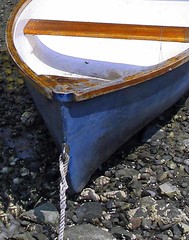
A stop, plosive, or occlusive is a consonant sound produced by stopping the airflow in the vocal tract.
- Use the consonant chart on the right to hear and repeat each one of these plosive consonant phonemes /p/ /b/ /t/ /d/ /k/ /g/ in isolation as many times as you need to. To help you produce the sounds correctly, place a sheet of paper in front of you, you will probably notice that the paper moves (if you do it properly) as the air streem is released in the manner of a mini-explosion. Keep trying until the paper moves, it should move more with the voiceless consonants /p/ /t/ /k/ than with the voiced equivalents /b/ /d/ /g/.

- You can now listen to the song The story composed by Brandi Carlile.Pay special attention to the pronunciation of plosive consonants. Once you have finished listening, you can do the matching activity just underneath the video. If you want to see the lyrics as you listen, click on this link: version with the lyrics superimposed on the video.
- Do this matching puzzle activity for more practice of -ed form.
- For more listening practice on pronunciation of -ed regular past verbs, click here.











